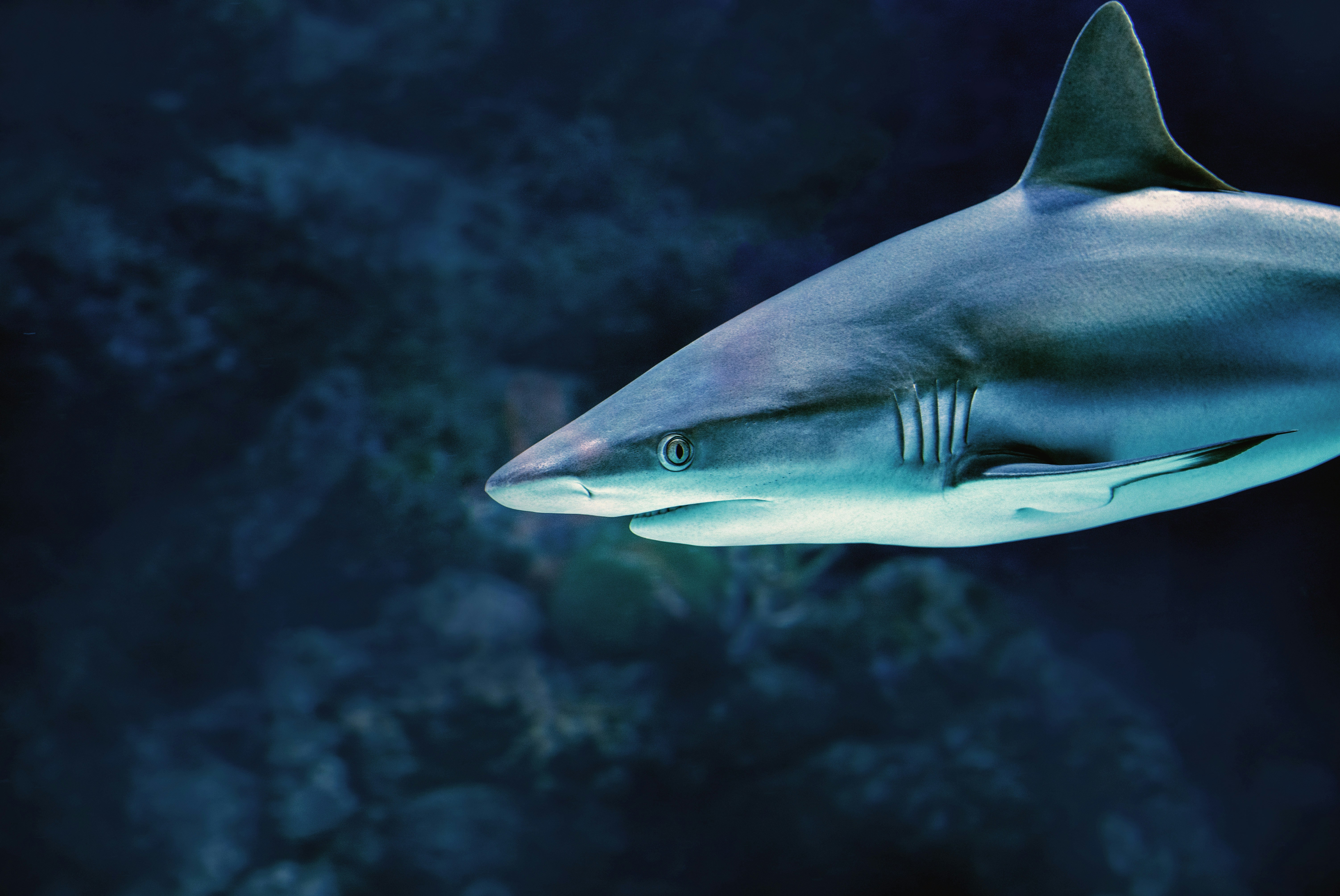News release
From:
Attachments
Note: Not all attachments are visible to the general public. Research URLs will go live after the embargo ends.

Research
Springer Nature, Web page
Please link to the article in online versions of your report (the URL will go live after the embargo ends).
Journal/
conference: Nature Ecology & Evolution
conference: Nature Ecology & Evolution
Research:Paper
Organisation/s:
Curtin University, James Cook University, Institute for Marine and Antarctic Studies (IMAS), University of Tasmania, The University of Western Australia, Deakin University, University of Wollongong, Australian Institute of Marine Science (AIMS), University of Sydney, CSIRO, Government of Western Australia
Funder:
J.S.G. was supported by a Niarchos Fellowship through
the Wildlife Conservation Society (WCS). D.D.C. was supported by the
Roe Foundation, and additional sampling for the Chapman lab was
funded by the Moore Bahamas Foundation (Bahamas) and Earthwatch
Institute (Belize). In the Dutch Caribbean, surveys on Saba, Saba Bank
and St Eustatius were supported by the Dutch Ministry of Agriculture,
Nature and Food Quality. Bonaire, Curacao and St Maarten were
supported by the SAVE OUR SHARKS project, a collaboration between
the Dutch Caribbean Nature Alliance and IMARES. Additional support
for data collection in Solomon Islands was provided by grants to WCS
from the John D. and Catherine T. MacArthur Foundation (grant no.
13-105118-000-INP) and by the National Science Foundation (grant
no. EF-1427453). Additional support for sampling in Malaysia was
provided by Scuba Junkie SEAS. Additional support for sampling
in Brazil was provided by Conselho Nacional de Desenvolvimento
Científico e Tecnológicov(CNPq) through the scientific programmes
LTER [PELD-ILOC grant 441327/2020-6 and PELD-HCES grant
441243/2016-9; the latter with additional funding from Fundação
Estadual de Amparo à Pesquisa do Estado do Espírito Santo (FAPES)
and CNPq/PROTRINDADE (grant 405426/2012-7)]. Data collection in
Brazil was financed in part by the Coordenação de Aperfeiçoamento
de Pessoal de Nível Superior, CAPES finance code 001. We thank the
Brazilian Navy and SECIRM for the fundamental logistic support; C.
and D. McCann for assistance in Sabah, Malaysia; the authorities for
granting the research permit in KKP-TWP Nusa Penida, Bali, Indonesia
(No. 532/194/DPPK) and TWP Kapoposang, South Sulawesi, Indonesia (No. B.49.4/BKKPN/III/2016). Additional support for sampling in
Indonesia was provided by Wasage Divers, Wildlife Conservation
Society, and Operation Wallacea provided support to C.S.S. In Sri
Lanka, we acknowledge the Department of Wildlife Conservation for
facilitating this research project under permit number WL/3/2/23/17.
Additional support for sampling in Taiwan was provided by NTSC (103-
2313-B-029-004), permitted by the Marine National Park. We thank the
Sandals Foundation and the Alligator Head Foundation supporting the
work conducted in Ocho Rios and East Portland, respectively. Surveys
in Jardines de la Reina were supported by Blue Sanctuary-Avalon.
Additional support for sampling in Qatar was provided by a University
Grant from Qatar University. Additional support for sampling in Saudi
Arabia was provided by the King Abdullah University of Science and
Technology. We thank the Department of Natural Resources and
Forestry of the Tobago House of Assembly for their endorsement and
granting of the research project and the necessary research permit. In
Puerto Rico, the Department of Natural and Environmental Resources
facilitated the research permit 2018-IC-040, whereas NOAA/NMFS
acknowledges the Florida International University for sampling. We
thank the fishers of Tintipán Island (Colombia) for assistance with
the project. Research in Madagascar was carried out under permits
from the Ministry of Environment, Antananarivo and supported
by IH.SM, WCS Madagascar. This research was also supported by
‘GlobalArchive: Harnessing fish and shark image data for powerful
biodiversity reporting’ (https://doi.org/10.47486/DP761), which
received investment from the Australian Research Data Commons
(ARDC) (https://ardc.edu.au/), funded by the National Collaborative
Research Infrastructure Strategy. Logistical support for this project
was provided by the Department of Biodiversity, Conservation
and Attractions (DBCA) and the Department of Primary Industries
and Regional Development (DPIRD), both of the Government of
Western Australia. This is contribution no. 1681 from the Institute
of Environment at Florida International University. Core funding for
Global FinPrint was provided by the Paul G. Allen Family Foundation
30 (to D.D.C., M. R. Heithaus).



 Australia; NSW; VIC; QLD; WA; TAS
Australia; NSW; VIC; QLD; WA; TAS


